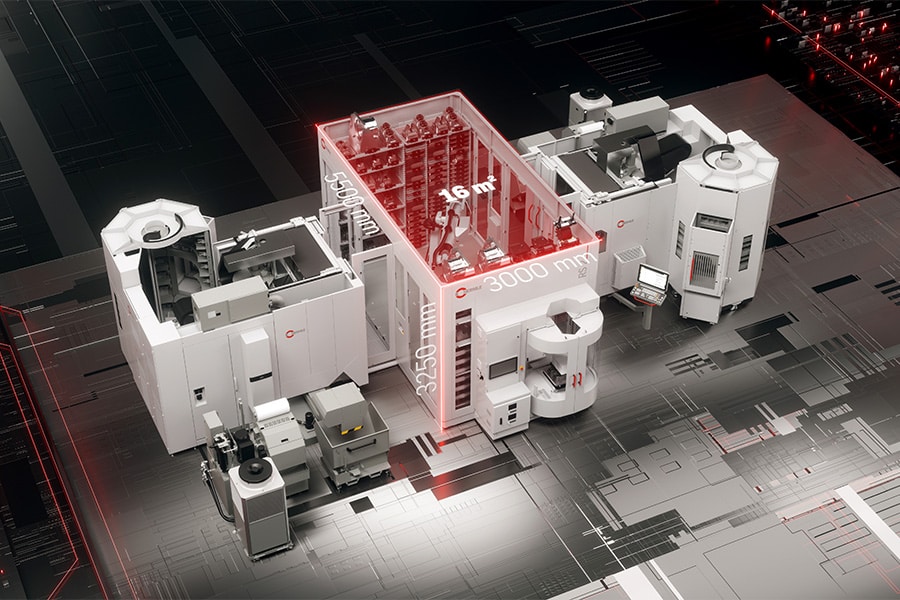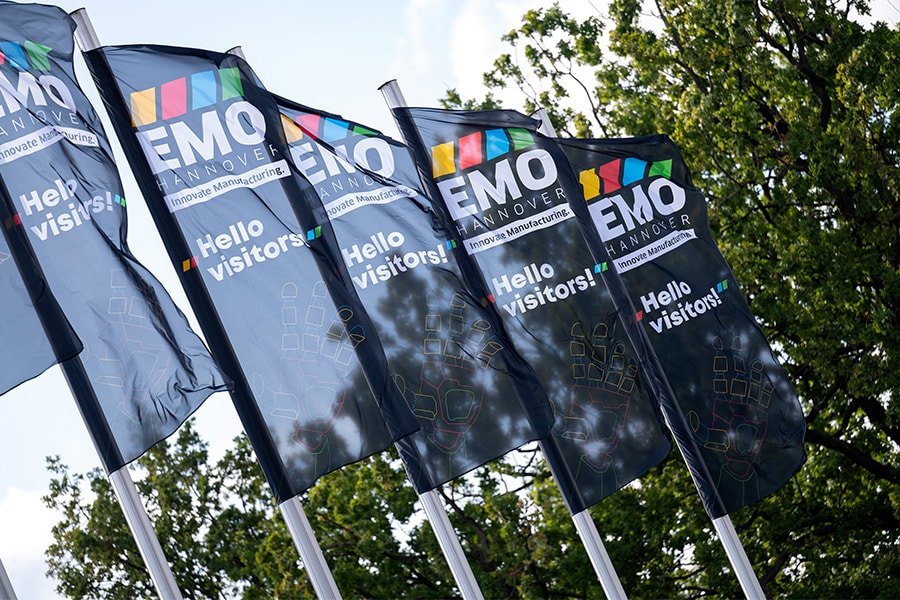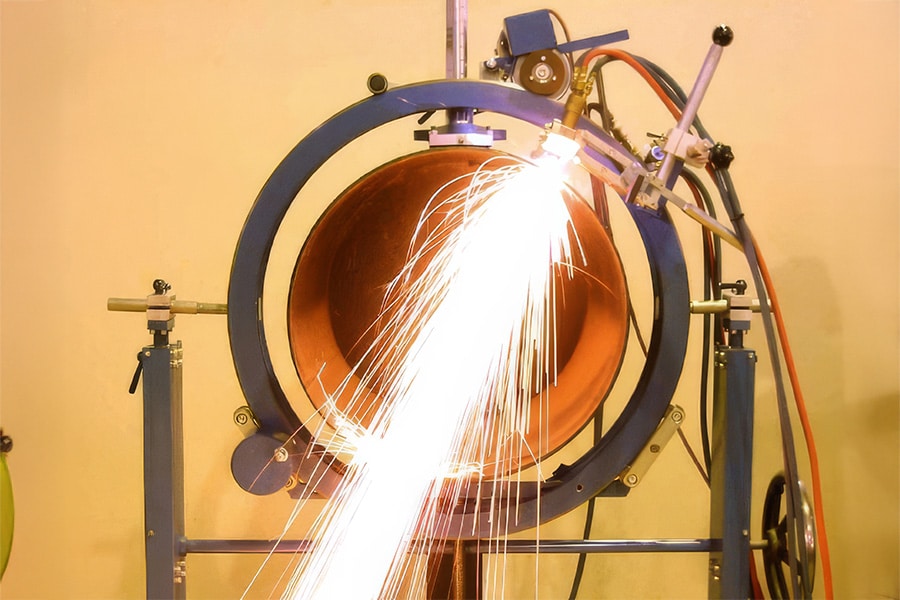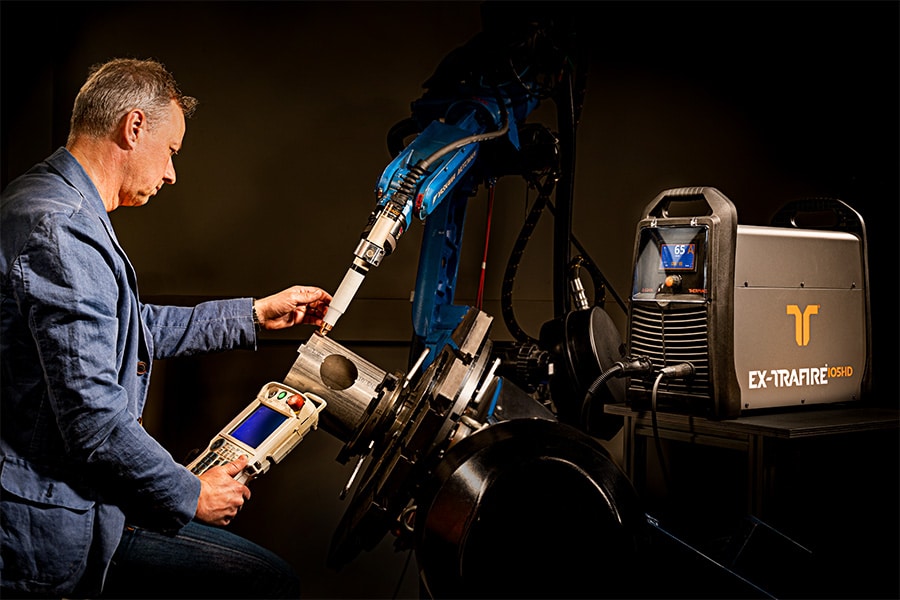
Role of surfaces in added value of products
Surface functionalities, including texturing, can help companies add value to their products in an efficient way, making them competitively stronger. As a result, textures have solid potential, but the technologies to apply them and the methodology to design them for a given application are not always clear. In a short blog series, Sirris will discuss surface texturing and its potential.
Just about all manufacturing companies, in Belgium and abroad, are constantly concerned with the crucial question of "how do we produce high value-added products that customers are willing to pay for, in the most efficient way? The margin taken here is the life blood of our companies and is essential to achieve further economic growth. One of the most important ways are functionalities, achieved by customizing surfaces. The bulk of users' interactions with a product or component occur through the surface, and the properties of this surface are essential in determining the extent to which the product can achieve its objective. But how can one go about producing a texture?
Sandblasting and spark erosion
Sandblasting and spark erosion are already widely used. They apply a roughness to a surface, which can be controlled by, for example, sand grain size or spark parameters. Applications here include creating a better grip or mat surface, better adhesion of coatings and adhesives, haptic properties such as "soft touch" if applied via the injection molding method on switches, for example. One of the measures to characterize these textures is the VDI mold-texture scale. This is a series of surface textures that give a particular appearance or roughness and are often used as specifications when designing a product. This form of surface functionality is relatively inexpensive but limited in application and functionality.
Micro milling
If you want to increase the precision and controllability of the process, you will have to move to other technologies. For example, micro-milling machines allow you to apply relatively complex textures to a surface. These might include small cavities to increase or decrease the coefficient of friction, or a pyramid structure to increase the contact angle with water. However, research at Sirris has shown that while this technique allows controlled textures to be applied (unlike sandblasting, for example), the possible geometries are severely limited by the choice of tools. The minimum feature size is determined by the tool and the machine, which will have to handle very high spindle speeds for these small tools. Disadvantages of this technique are obviously the expensive tools, the wear and tear on these tools and the geometric limitations. Also, it is not exactly a fast process.
Etchings and lithography
A third group are the technologies that enable real controlled structures with complex geometries. These include etching, laser texturing and lithography. In the etching process, complex patterns can be applied to a surface, but there is a need for a mask and chemicals, which make the process slow, expensive and environmentally damaging, especially if larger surfaces need to be treated. The lithography process, which we are also familiar with from the world of microelectronics, allows very precise application of real nanotextures with very exotic geometries. However, this process is extremely expensive and is not within the reach of the average SME.
Ultra-short pulsed laser
Ultra-short pulsed lasers, in turn, offer 'the best of both worlds': great flexibility in terms of geometries and materials, but also very high form accuracy. Because in the case of laser texturing, the tooling is light, no tools are required, no chemicals, no special procedures, and the entire design process can be done digitally to achieve a "first-time-right" manufacturing process. Also, laser technology allows each product to have a unique design at minimal additional cost. An additional added value provided by the laser is that it also enables chemical reactions on the surface, depending on the laser parameters set. These can also provide added functionality, such as, for example, the formation of a thin oxide layer on top of a macrostructure increases hydrophobicity, or, for example, the formation of LIPSS (laser induced periodic surface structures) that allow very high performing surface functionalities.



